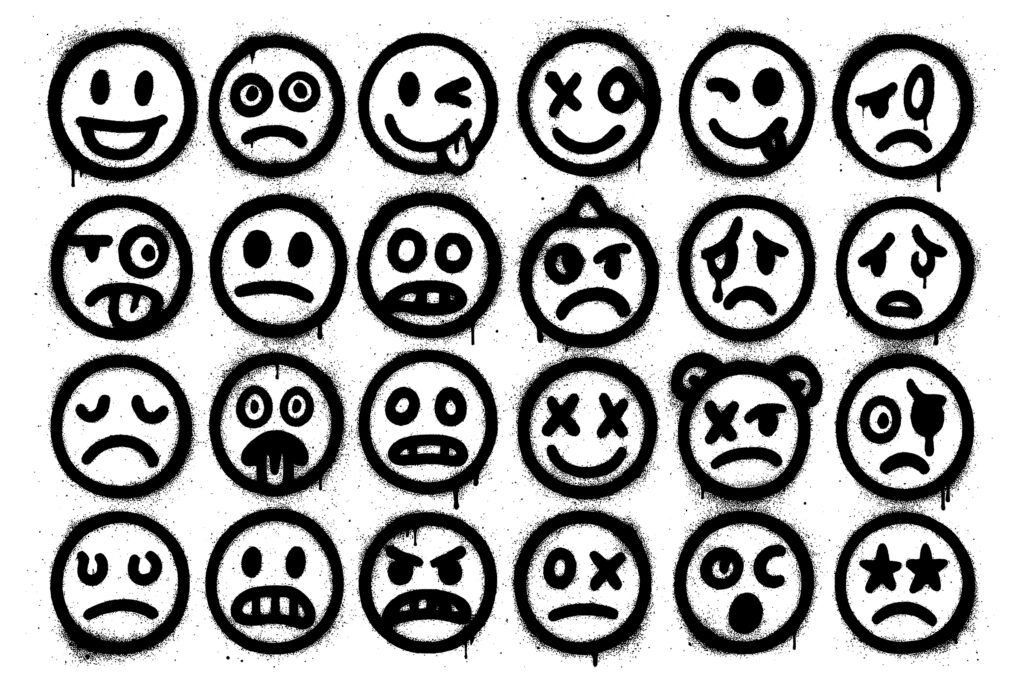
If the world feels crazy to you, you’re right. It is. A form of collective madness has taken hold. It’s worrisome, confusing, for some fatal, and, sadly, it’s mostly the way it’s always been.
We live in the imaginary world of The-Mind-of-Separation, and it drives us mad. Most of our madness is ordinary: loneliness, anger, jealousy, greed, fixation, grief, envy, addiction, love – in short, what we Buddhists list as 84,000 emotions. The-Mind-of-Separation compulsively seeks unity in acts of ordinary madness; it’s prototypically human.
Consider art, for example. From the 40,000 year-old cave paintings in Lascaux, France to the current exhibition at San Francisco’s Museum of Modern Art and everything in between, our desire to create and experience art is an expression of seeking unity and its feelings of fulfillment or deprivation. We perpetually inhabit an imaginary liminal space of unfixed parameters and thus we fumble around to establish a firm reality. Sometimes it’s beautiful and sometimes it’s ugly. Whatever the outcome, this frantic effort makes us and often everyone around us, crazy. Such is the nature of ordinary madness.
But what of extraordinary madness? It happens. The homicidal serial killer, the sexual predator of children, the hoarder, the compulsive liar; we know extraordinary madness when we see it. When extraordinary madness gains power, tragedy follows: war, death and destruction. Unfortunately, the extraordinarily mad gain power repeatedly and cause great suffering, leaving the rest of us to endure. And that’s what most people do, endure; we’re very good at it and it’s what we’ve always done, at least so far.
When extraordinary madness begins to look ordinary it always spells trouble. Today, we call it “normalizing,” and we’re in one of those unfortunate episodes right now. The proliferation of military-style automatic weapons, the demonization of “others,” the use of power to persecute political opponents, breaking the norms of international law, intentionally spreading disinformation; these are all examples of extraordinary madness. We’ve seen it all before, and it never ends well, but must it drive us deeper into madness?
I try to maintain a long-term perspective and remind myself that despite repeated episodes of extraordinary madness, humanity has endured. The slaves who built the ancient Egyptian pyramids endured; poverty-stricken Russian serfs endured; bombed into near oblivion and poisoned by herbicides, the Vietnamese people endured; the Chinese endured Mao’s Cultural Revolution; and unless humanity is obliterated in an apocalyptic nuclear war, we too will endure.
Endurance is not simply passive acceptance, although sometimes hiding quietly helps us to endure. Adaptation, humor, social connections and creative resistance help us to endure, too. Understanding this, ancient Buddhists named our planetary system the “Saha World,” the world of endurance.
The-Mind-of-Separation is powerful; individual ego is built upon it as are our collective ideas of national identity and destiny. It’s all imaginary, of course, but treated as real. So what is real?
What is real is that The-Mind-of-Separation is a delusion. There is no separation; unity is all there is and has ever been. We are not simply in the universe – we are of the universe, inextricably bound together with all and everything – with each other, the barely detectable microscopic and the in-your-face macroscopic phenomena we are so fascinated with and seek to understand and explore.
While truth of unity is no cure for ordinary madness – for us, there is no cure – when it comes to extraordinary madness, it can help us to endure.
I think you exaggerate the role of endurance. As the AA prayer says, we must accept the things we can’t change, and change those we can. I am also uncomfortable with the stance that “taking action’ is just another kind of endurance. This just drains the word of meaning.
I do agree with you, and, I guess, the Buddha, that we are in the snare of illusions and so mad. I saw a poster recently where the Buddha was asked if he was a god, child of God, etc – he answered No Finally he was asked what he was, and he replied “Awake'” I think that is an extraordinary achievement.
As regards extraordinary madness it is on top these days, but this kind of madness does call to others to be more sane and work to restore order.